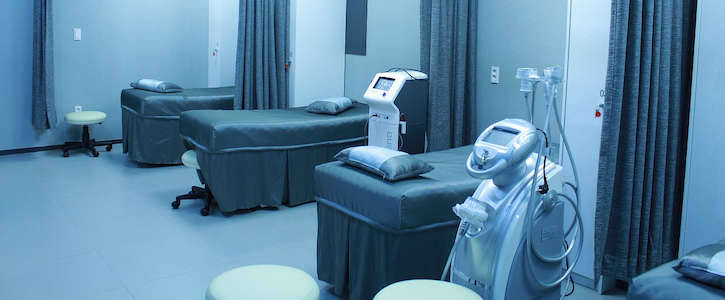Healthcare Execs Are Not Leveraging Data Daily to Make Decisions
Only 24.3 percent of health systems can leverage analytics throughout an entire multi-hospital system.

The results of a survey conducted by HIMSS Analytics of 110 senior healthcare leaders revealed that less than 24 percent of healthcare organizations leverage their data to an executive level daily.
With a plethora of clinical, operational and financial data collected from electronic health records, time management systems and other sources at the disposal of hospitals and health systems, the survey — sponsored by Dimensional Insight — sought to answer if healthcare executives are able to successfully harness the data to support strategic decision-making at the executive level.
“What we found was that despite the investment in tools to support data-driven decision-making, the data (aren’t) being leveraged daily by the executive ranks,” the authors of the report wrote.
Of the respondents, 31 percent were chief innovation officers, while 16 percent identified as CEOs and another 16 percent were chief medical/nursing informatics officers. Almost 31 percent were from a large, multi-hospital health system and 30 percent represented integrated delivery networks. More than half (60 percent) came from a health system with more than 501 beds.
When asked if their organization has a strategy to integrate analytics into the workflow, 92.7 percent said yes, but only one in three (31.8 percent) has been executing on the strategy for some time.
Results also indicated that analytics are currently being widely used in clinical (90 percent), financial (85.5 percent) and operational (77.3 percent) areas in hospitals and health systems.
On average, healthcare organizations use 3.87 analytics solutions, with 16.5 percent using 10 or more solutions system-wide.
“The sheer number of analytics tools in use means that different departments within an organization will often have different numbers or measures, and it’s hard to reconcile them, leading to a more siloed look at data,” said Fred Powers, president and CEO of Dimensional Insight, a data and analytics solutions company, in a statement.
And currently, 67.9 percent of respondents indicated that their analytics solution provides an executive dashboard to support their organization’s strategic decisions and direction.
“An executive dashboard is an easy way for senior healthcare leaders to get a read on important data within their organizations and ensure that leaders can make data-driven decisions to support their strategic goals,” the report said.
But while most organizations have an executive dashboard, only 35.1 percent are using it on a daily basis. Overall, less than 24 percent of healthcare organizations are using executive dashboards daily for strategic decision-making.
Only 24.3 percent of those surveyed indicated that they can facilitate decisions across an entire multi-hospital system, while 58.6 percent use the analytics from their dashboard for decisions at a departmental or single-hospital level.
Finally, on a scale of one to seven, with seven being “extremely successful,” executives rated their organization’s success at leveraging their dashboard to make strategic decisions at an average of 4.84.
To see success from analytics, the authors of the report suggest that healthcare leaders ensure that departments are working from the same numbers, align analytics with the organization’s strategic goals and use the executive dashboard daily.
Get the best insights in healthcare analytics directly to your inbox.
Related
Experts: Big Data 'Revolution' Won't Materialize Until Healthcare Fixes 1 Big Problem















